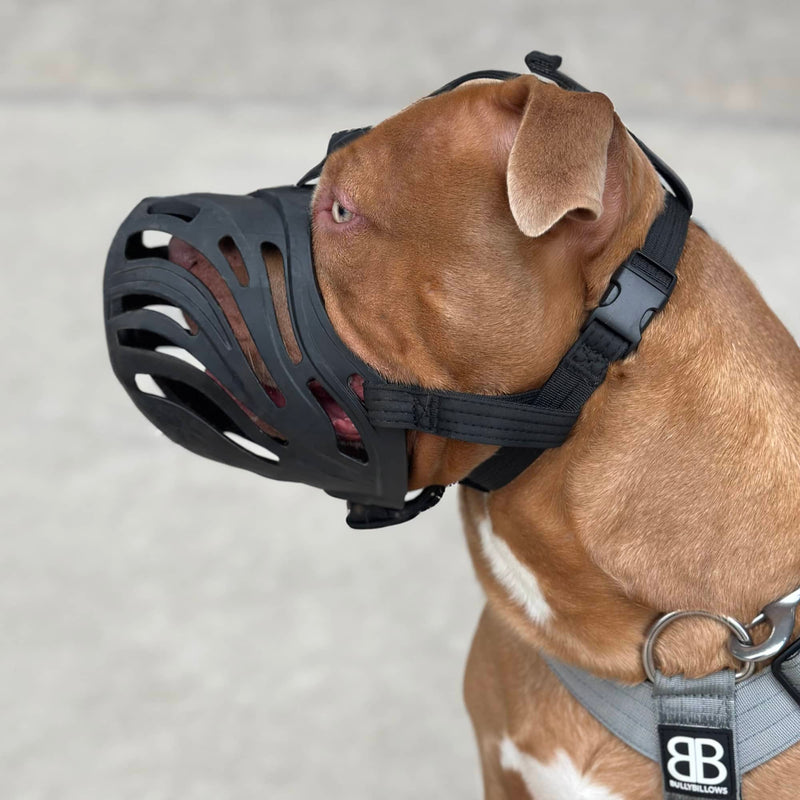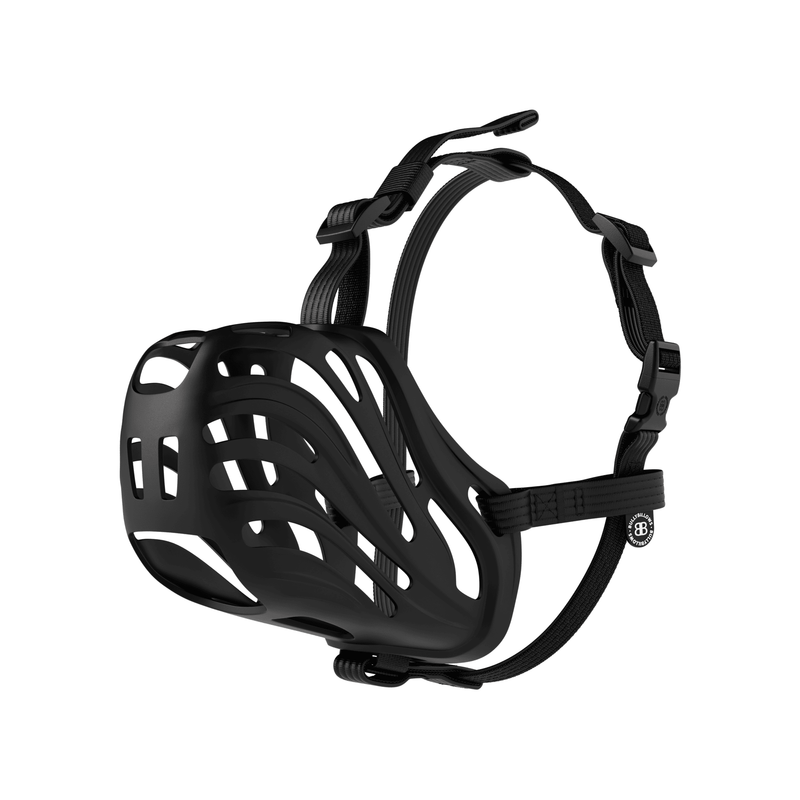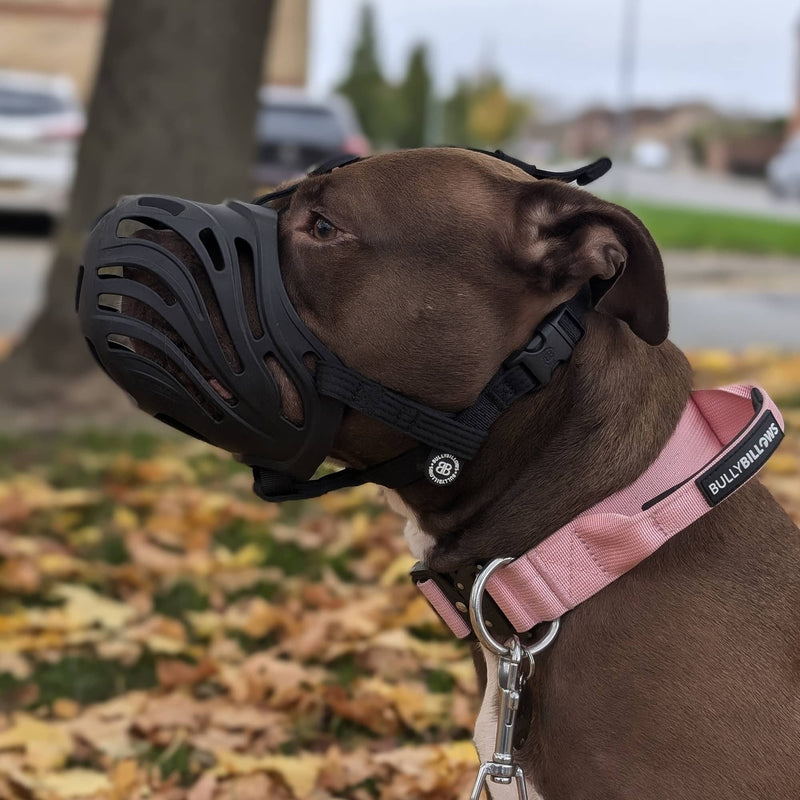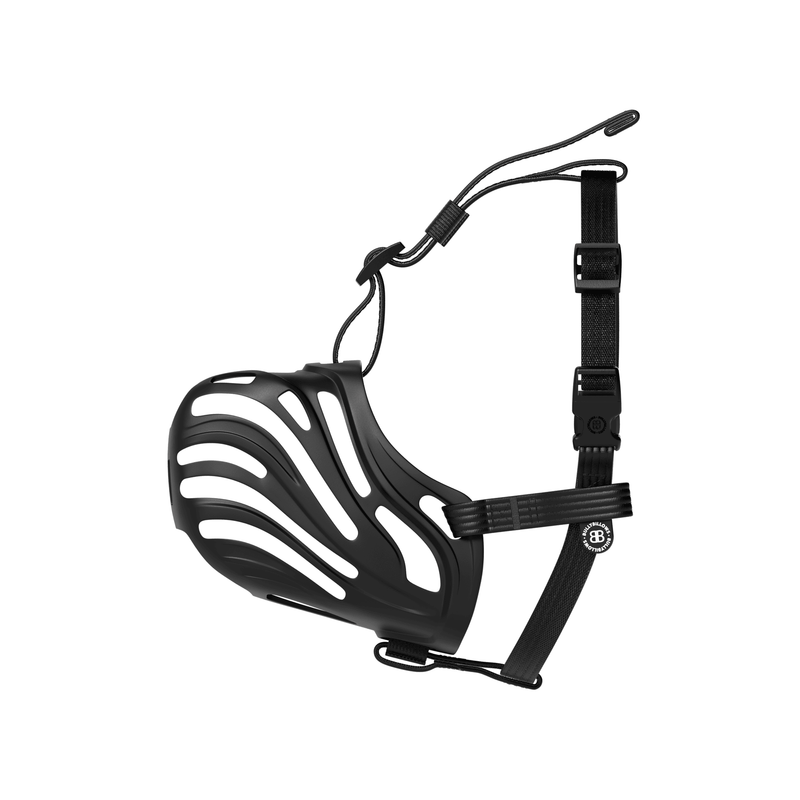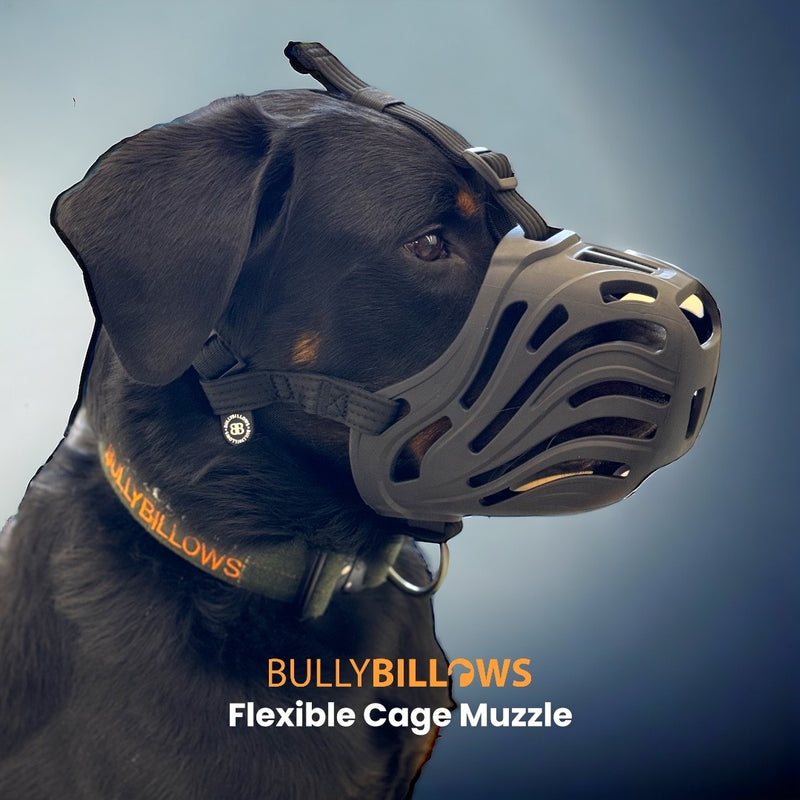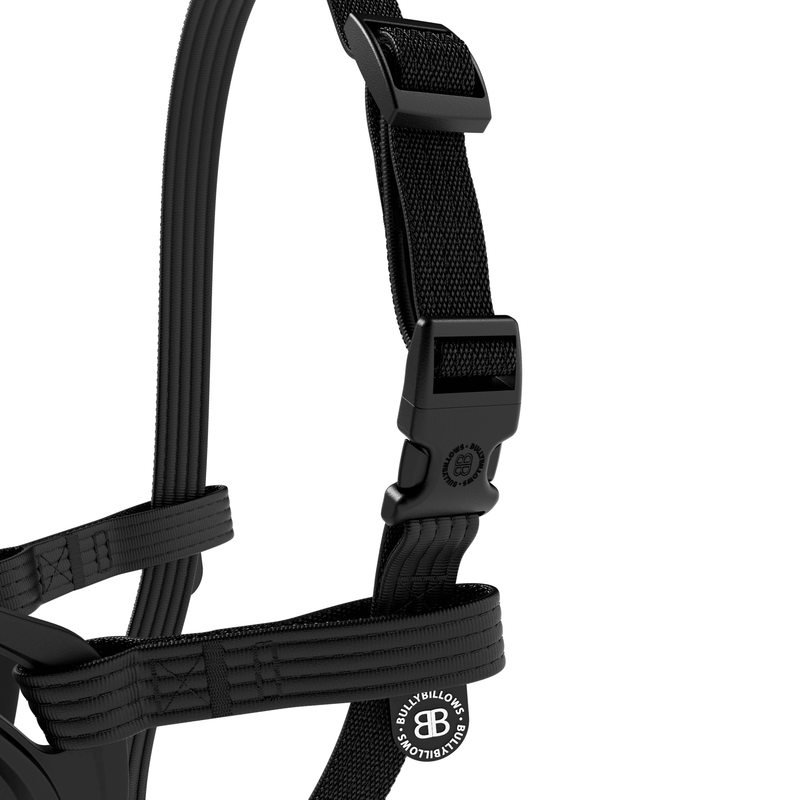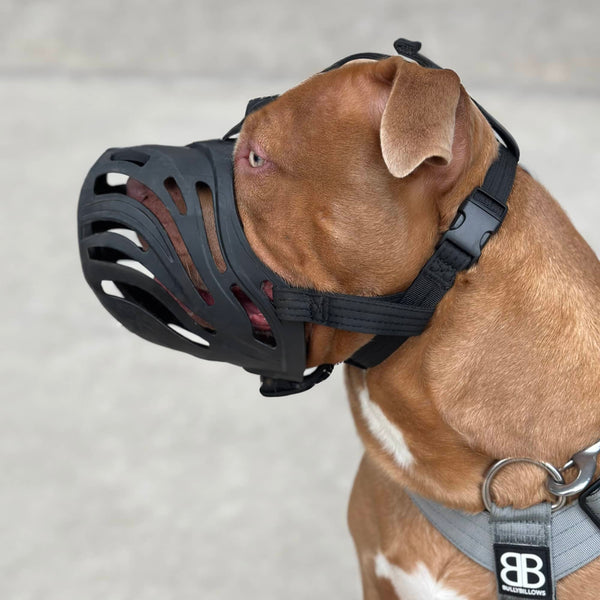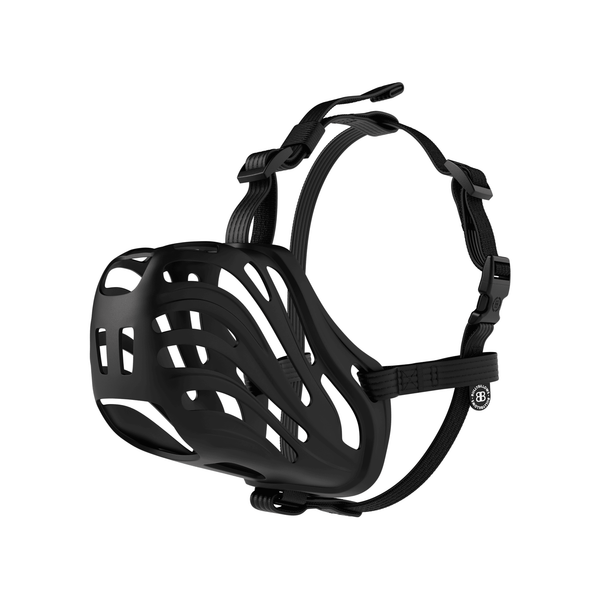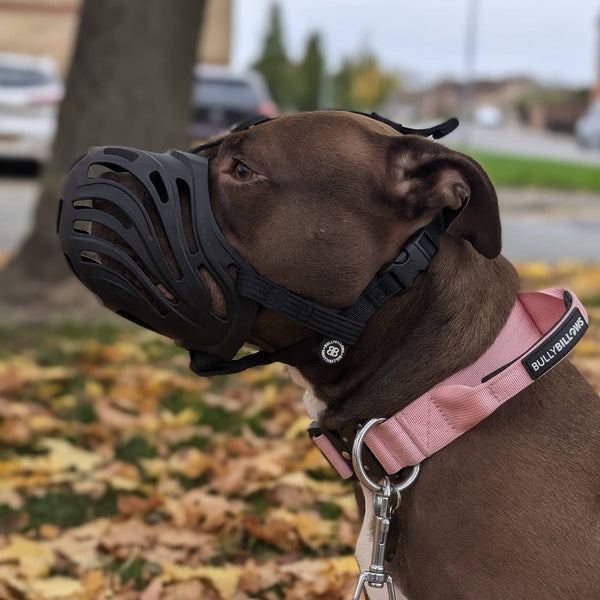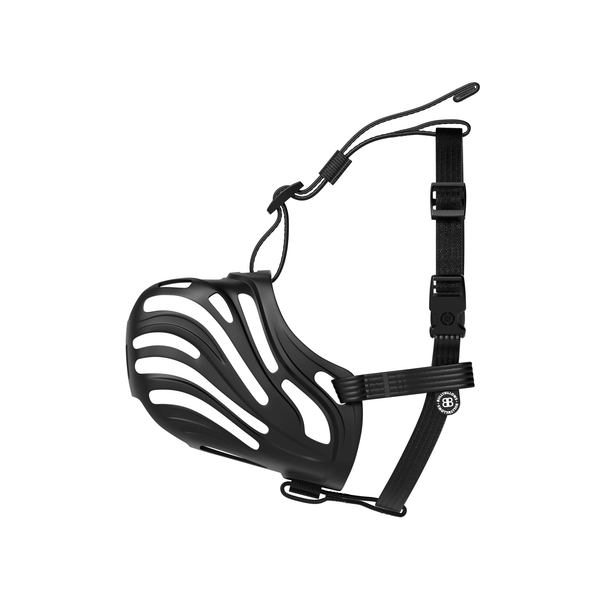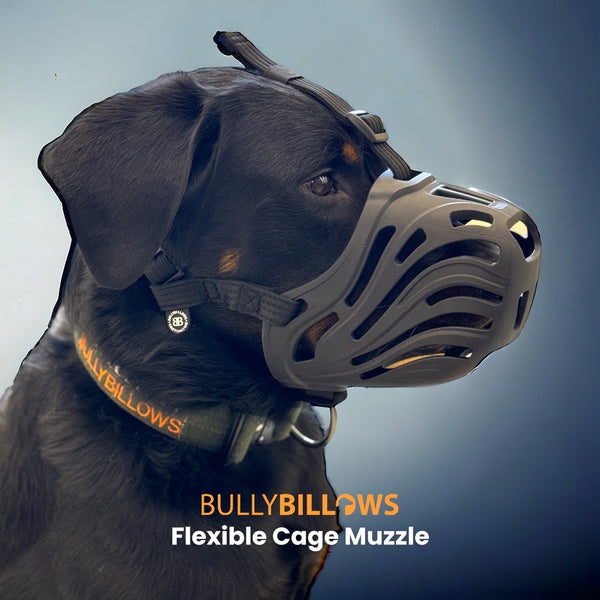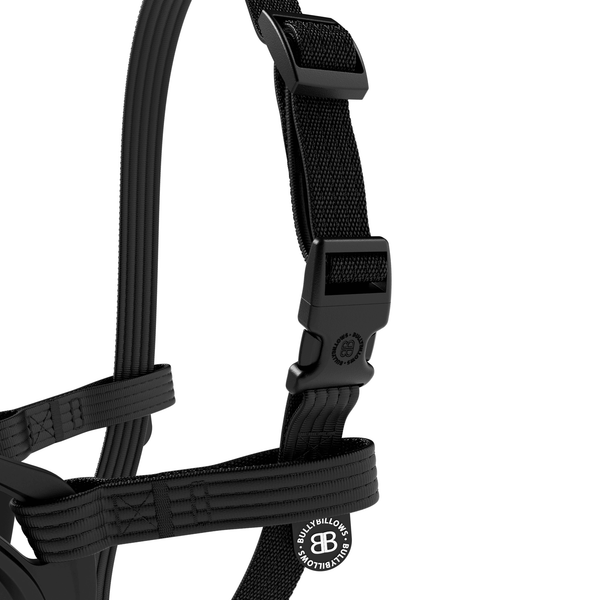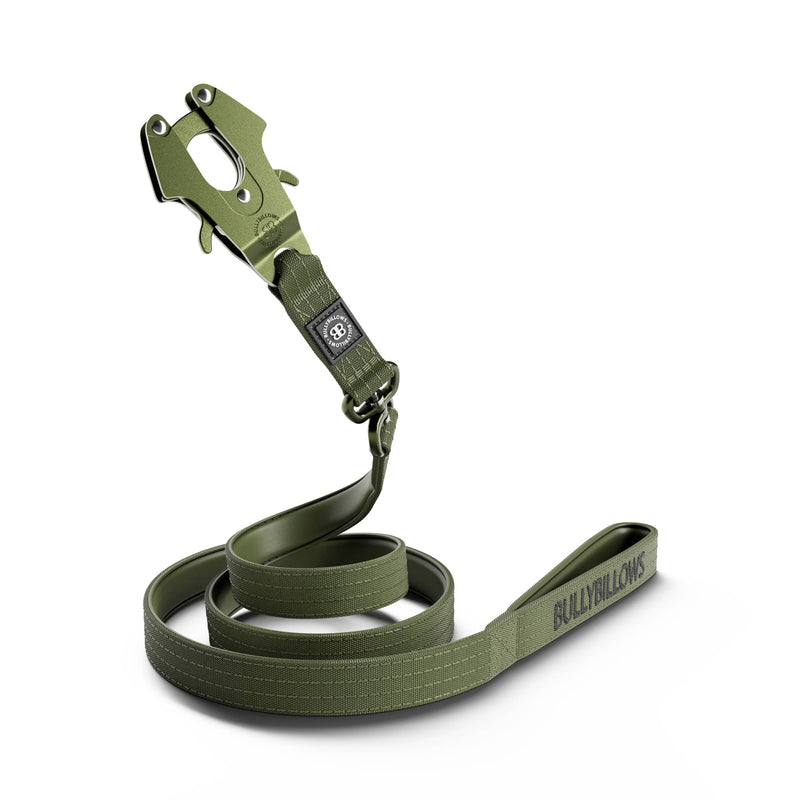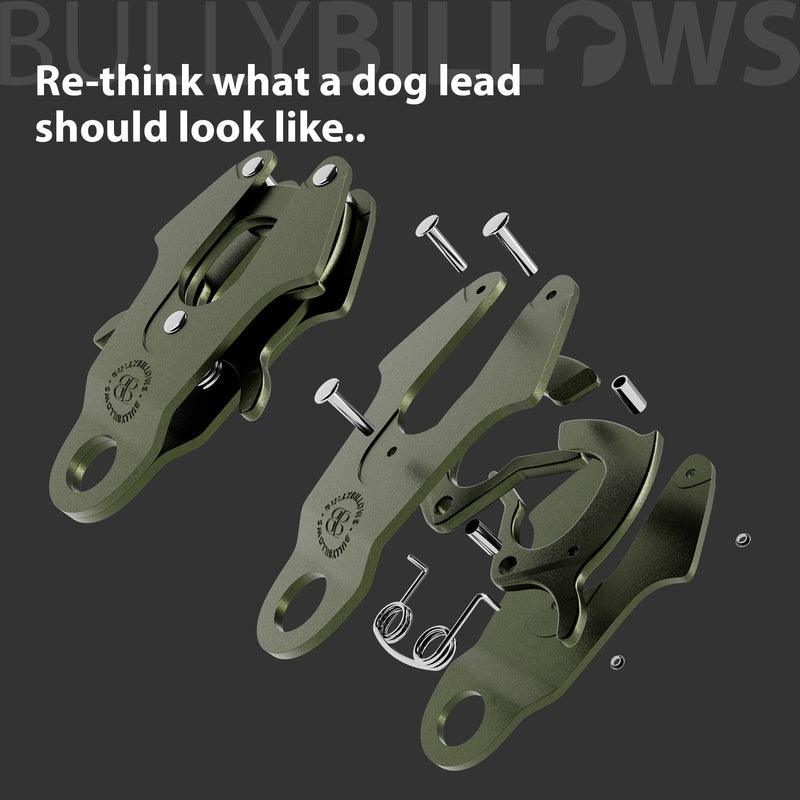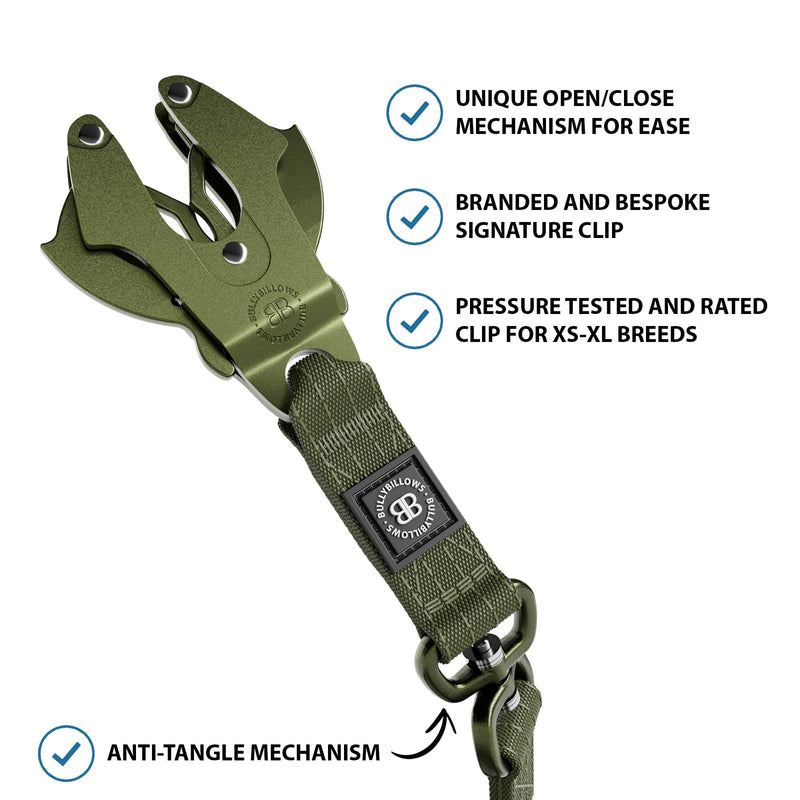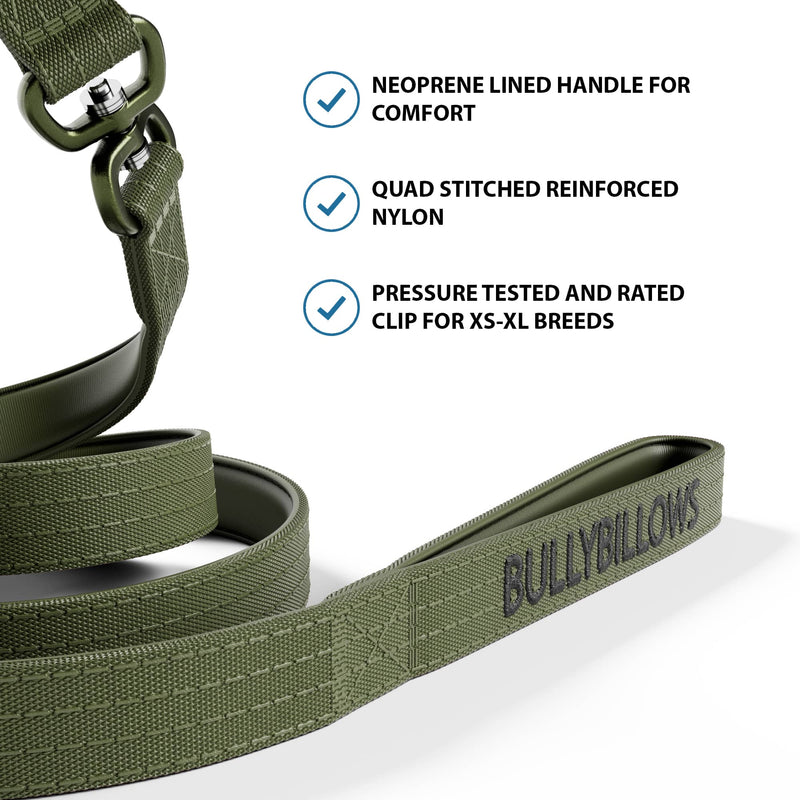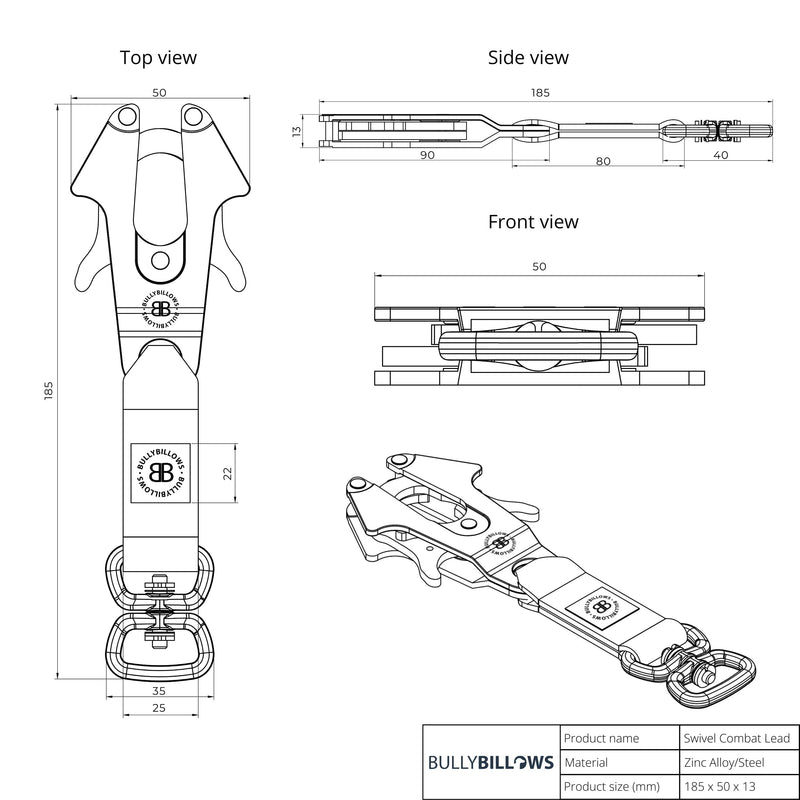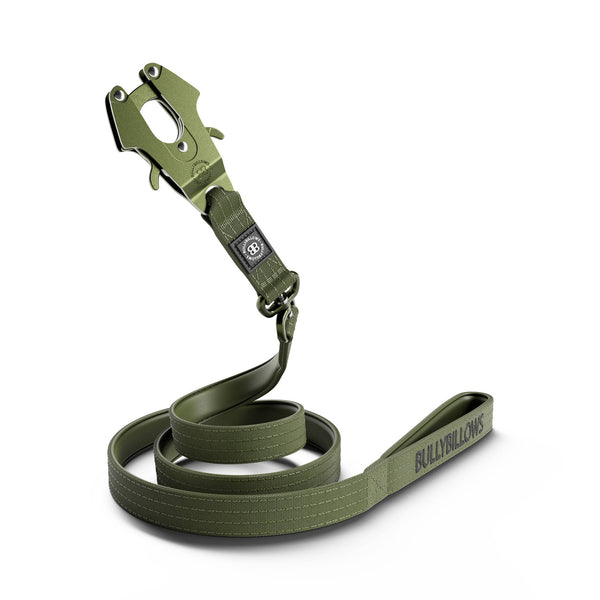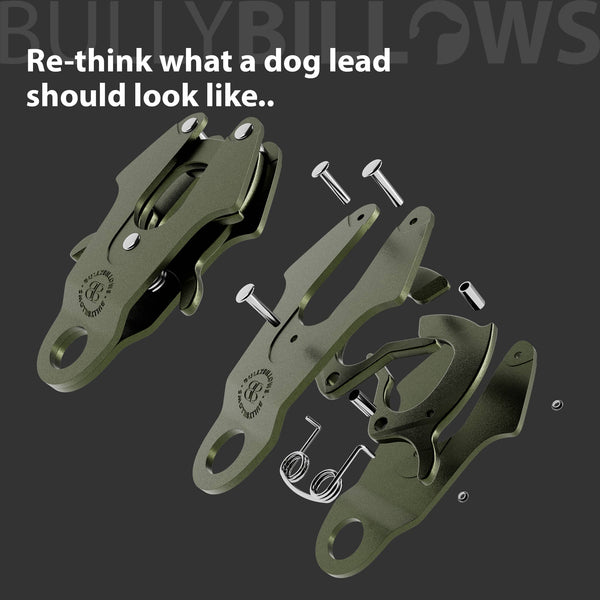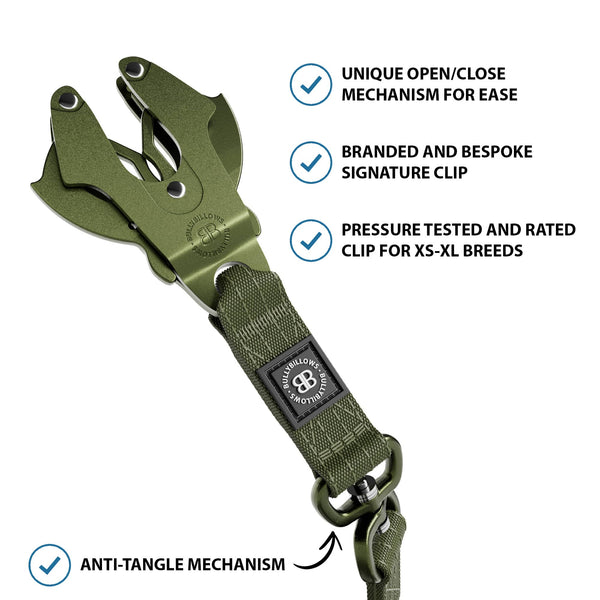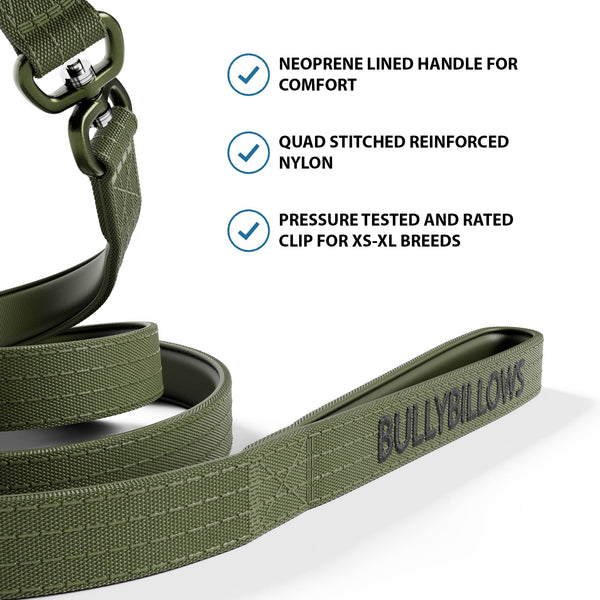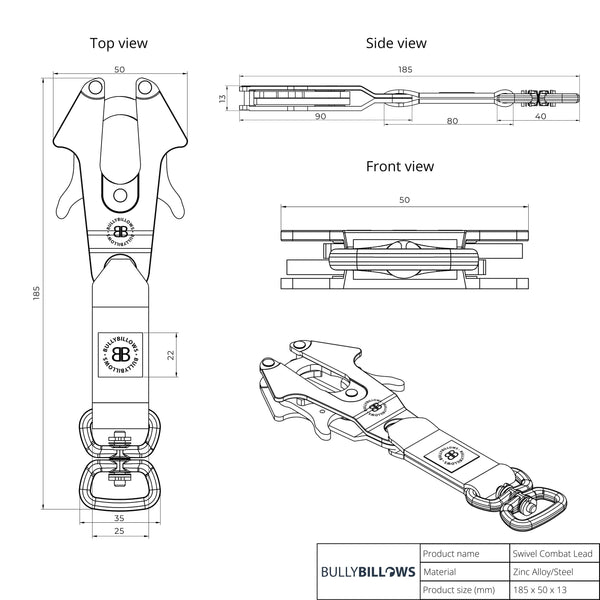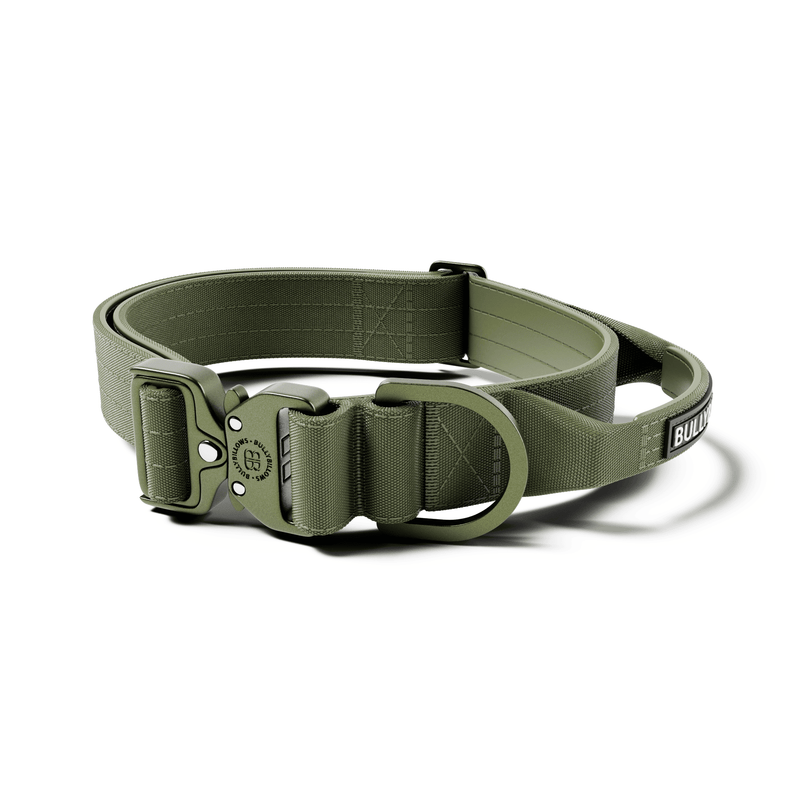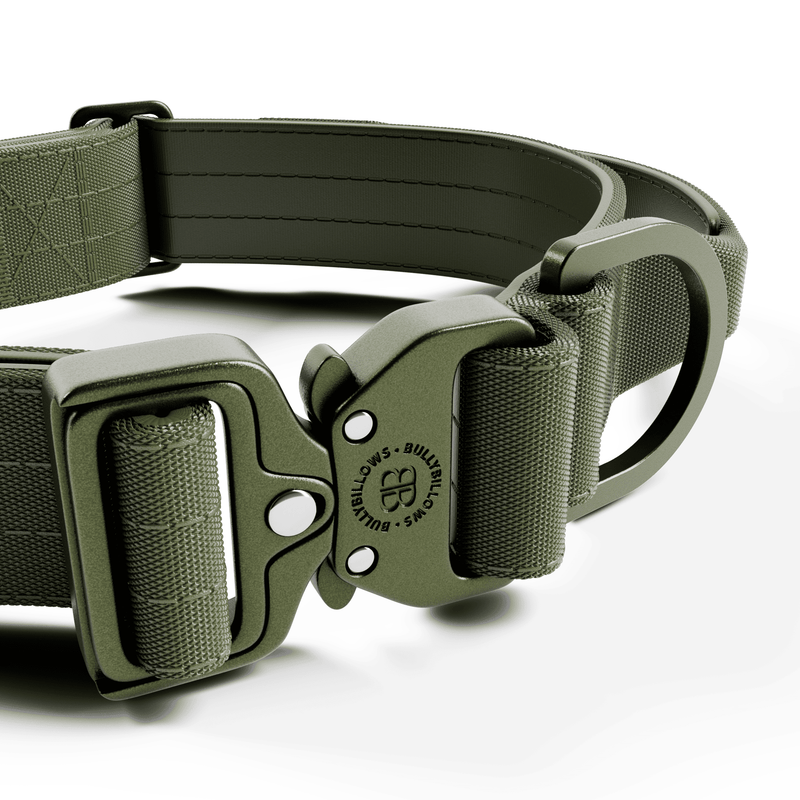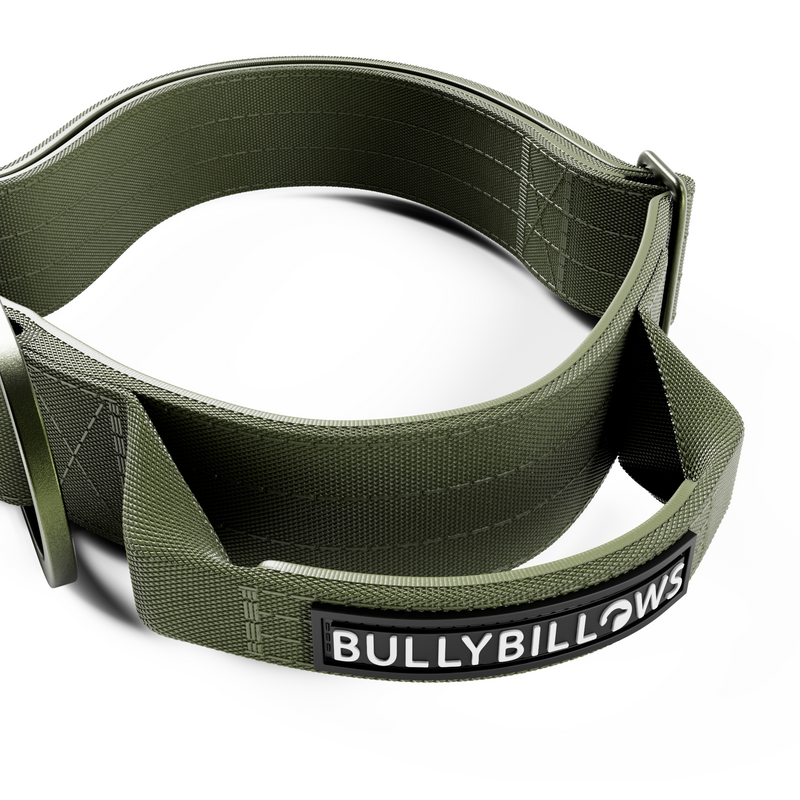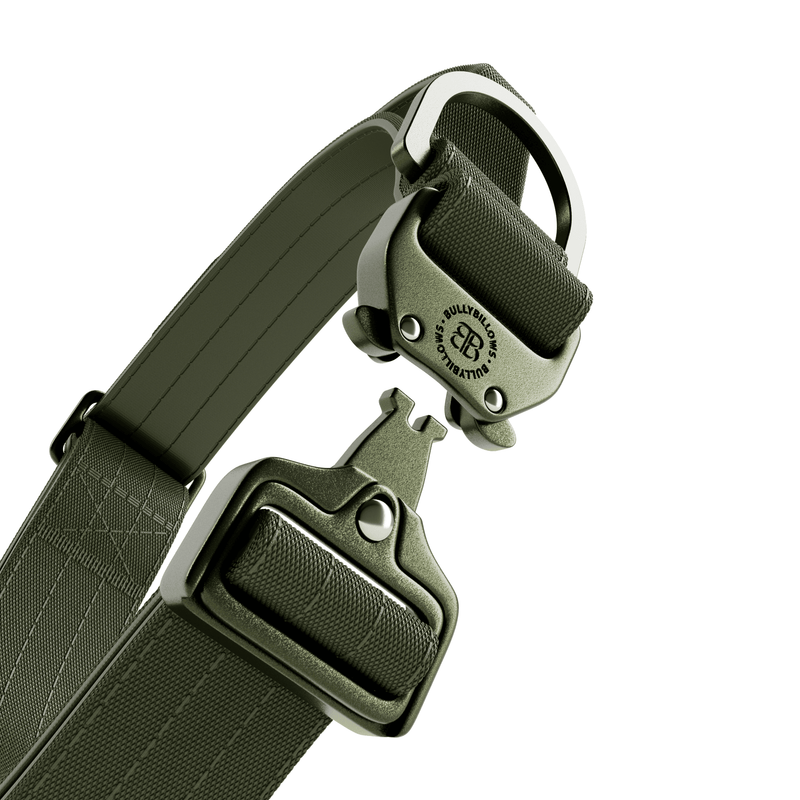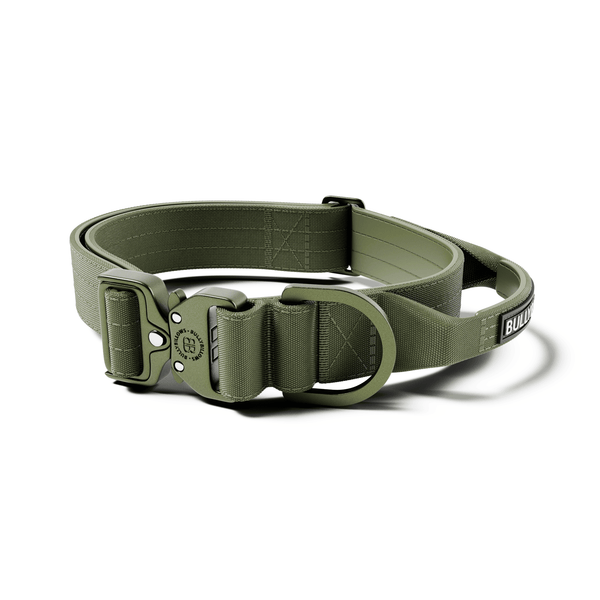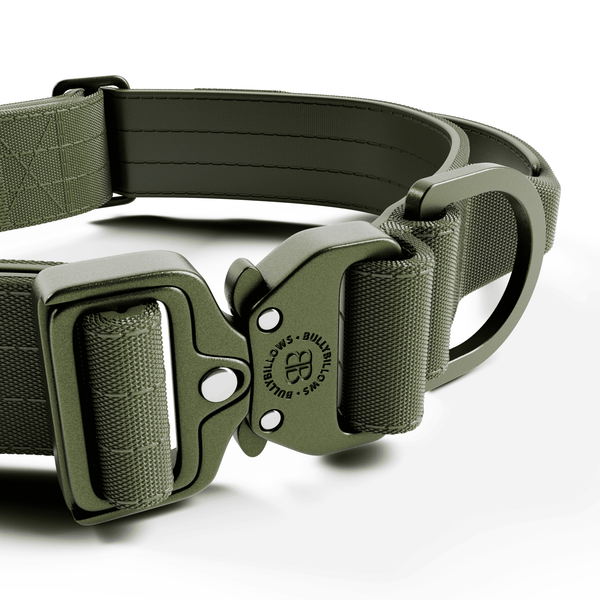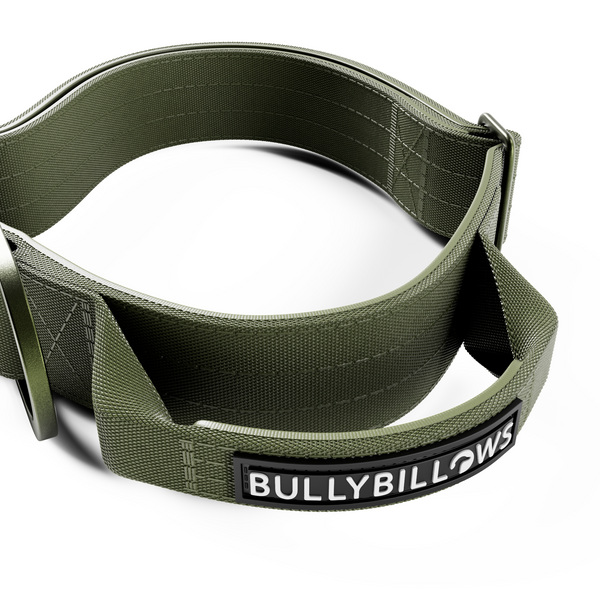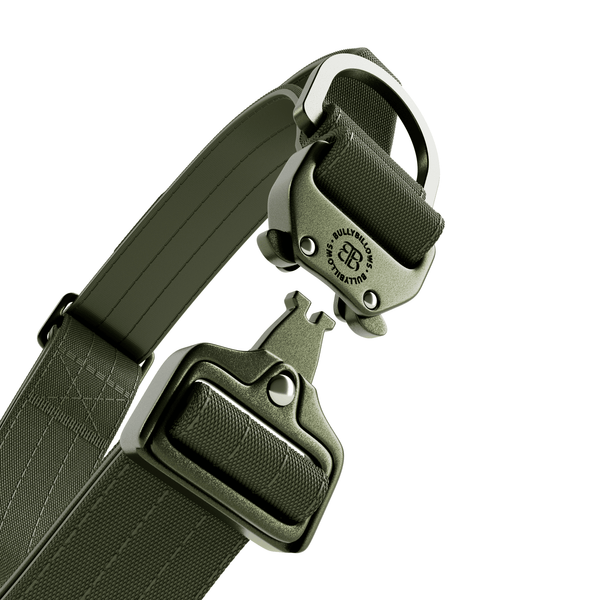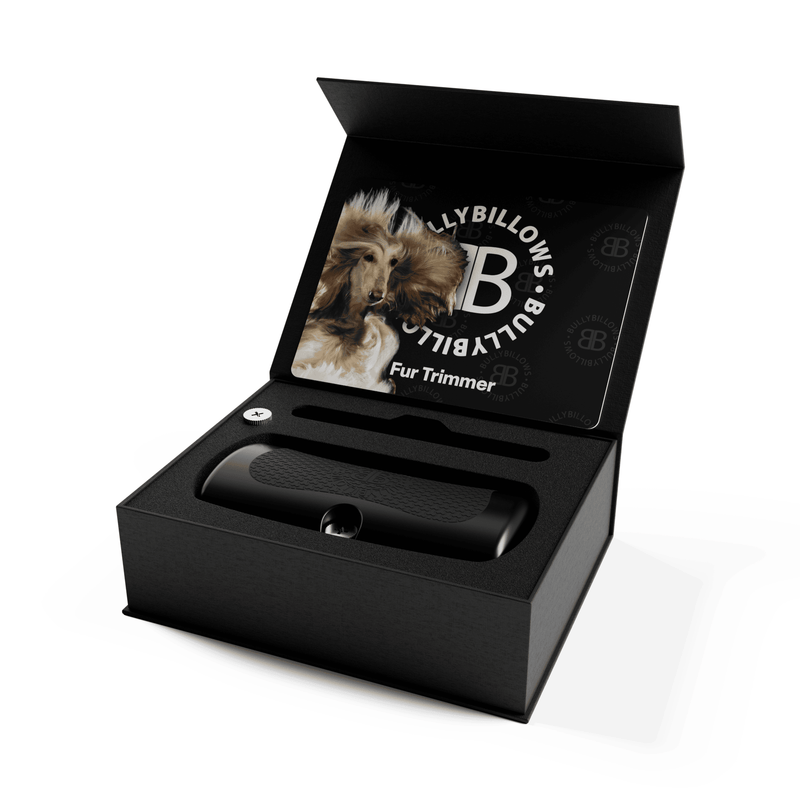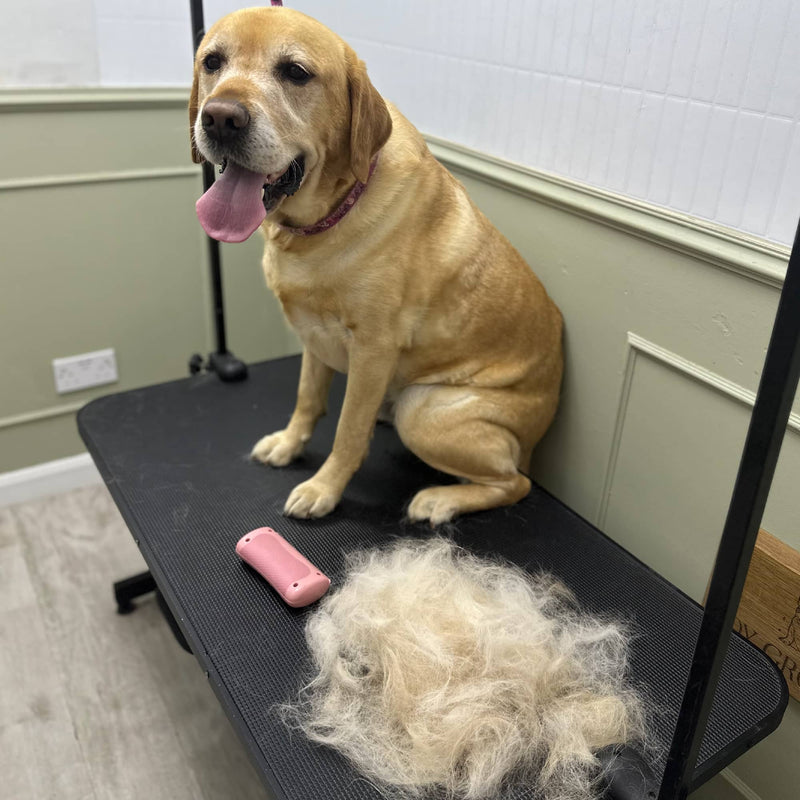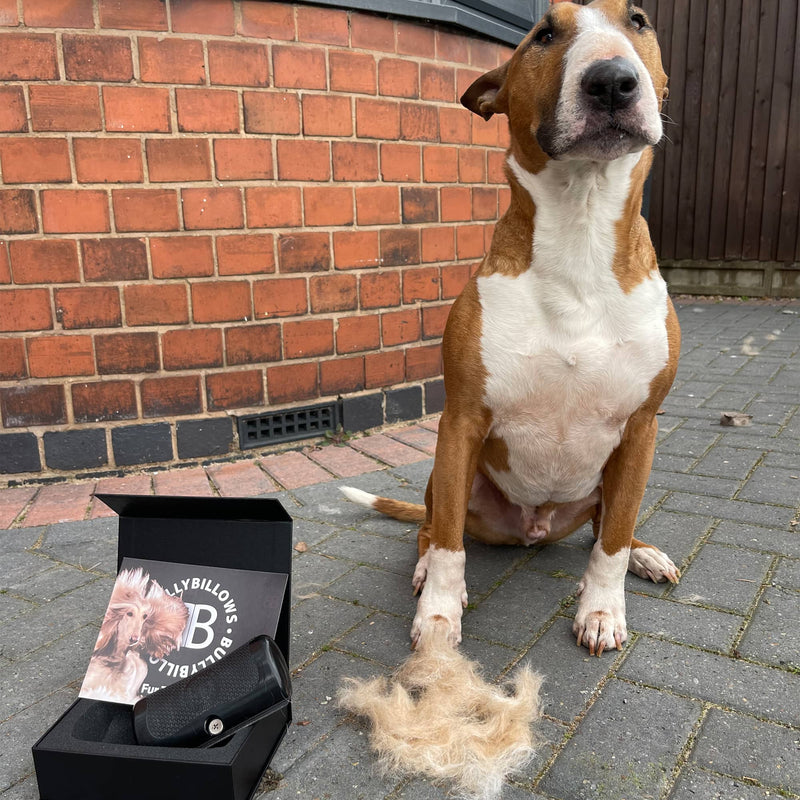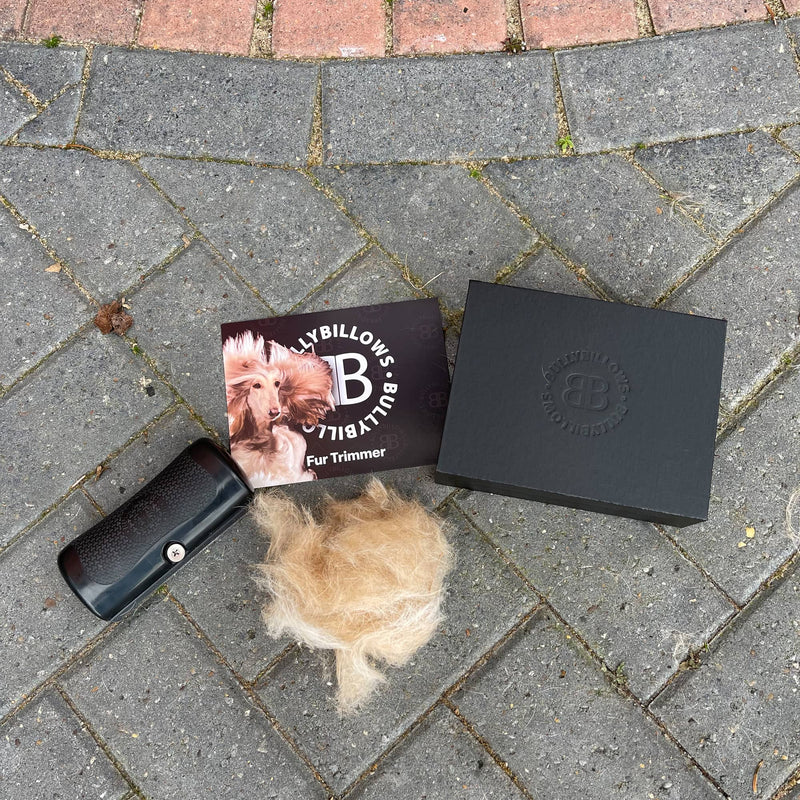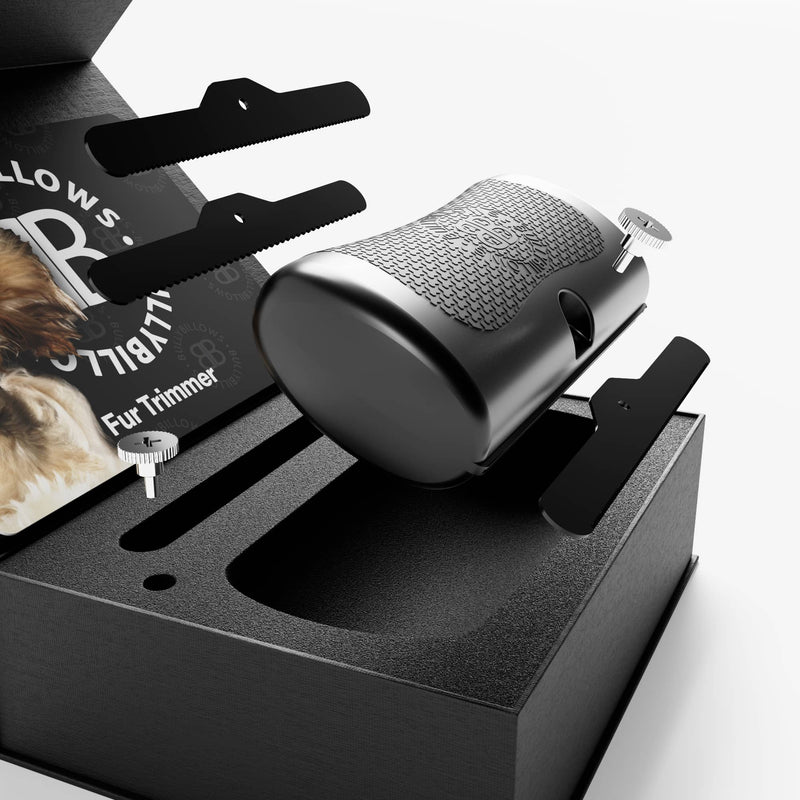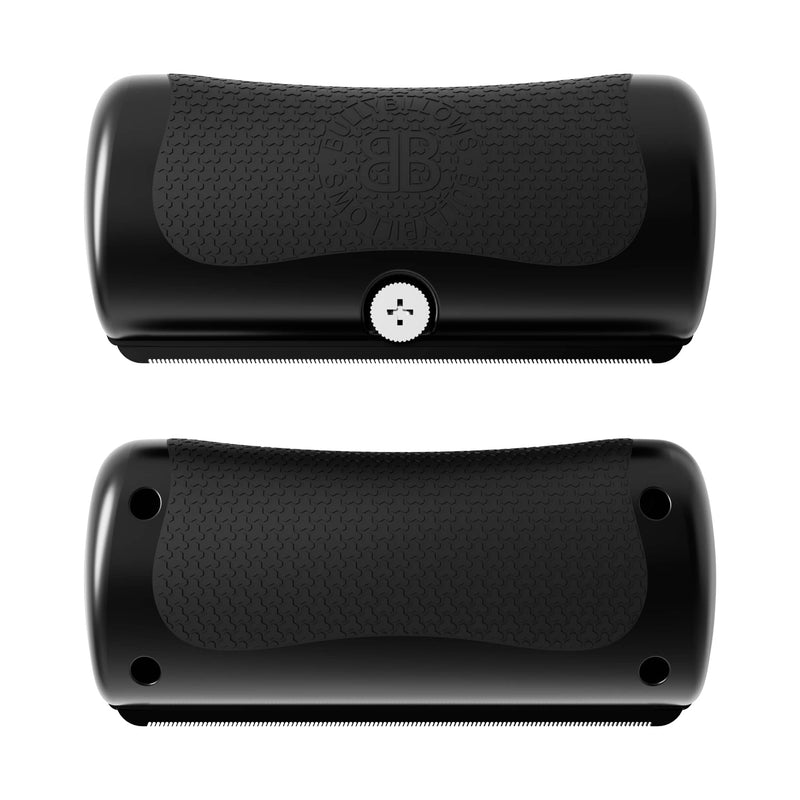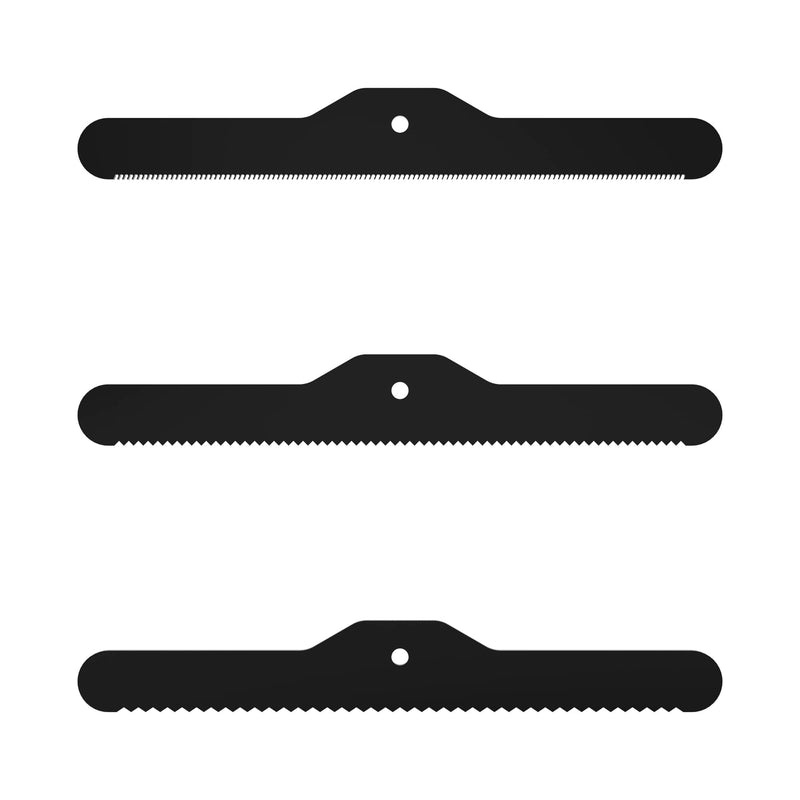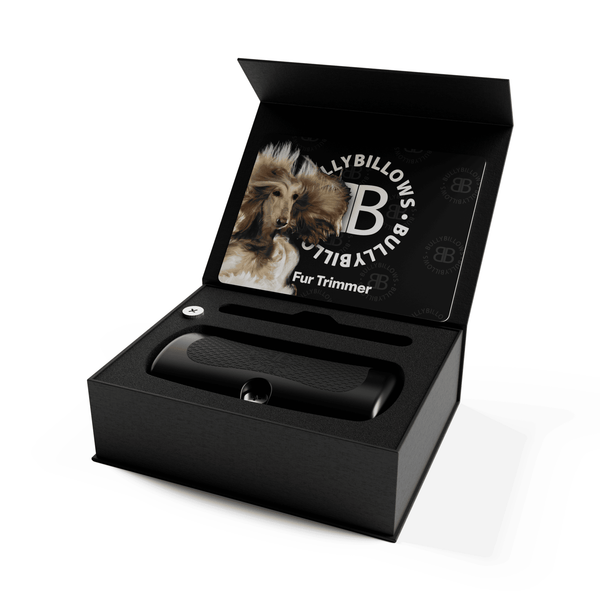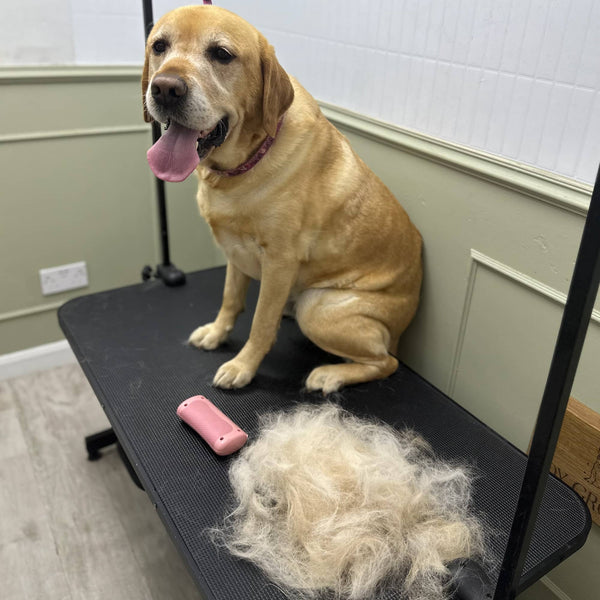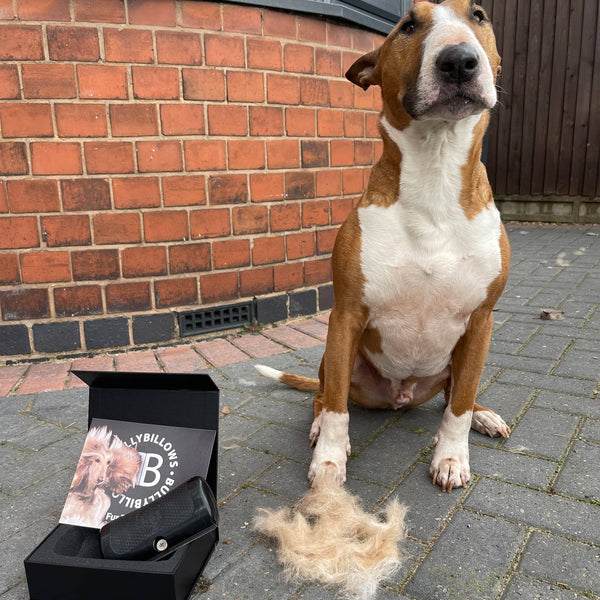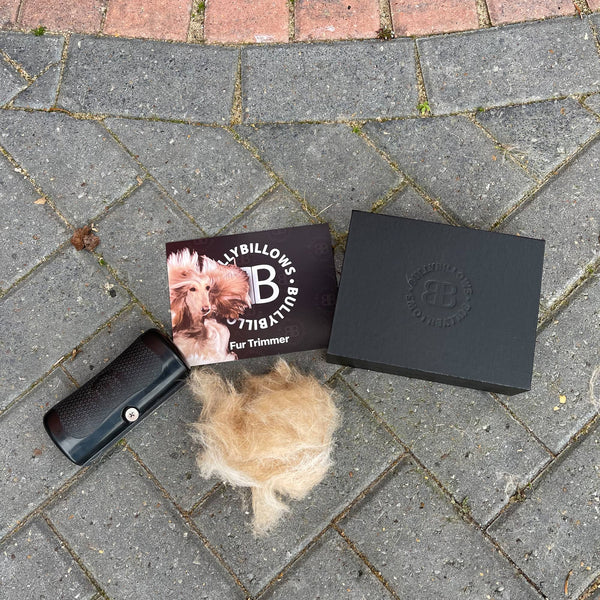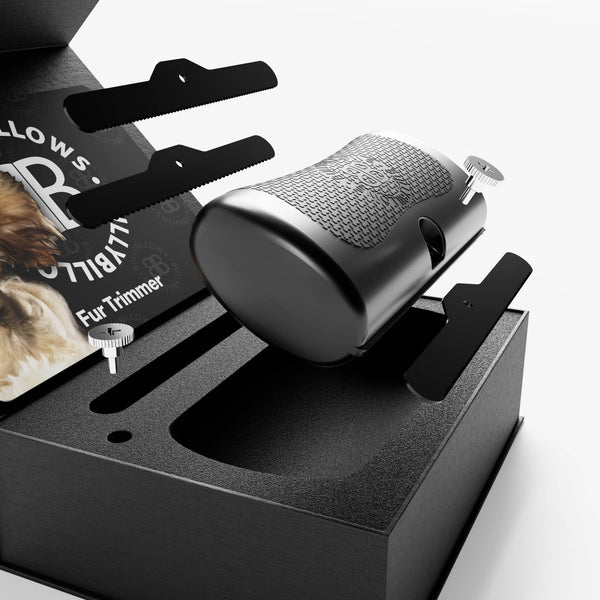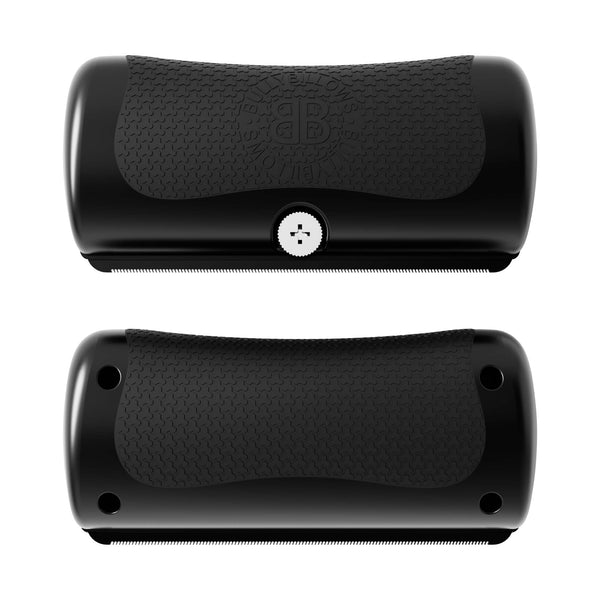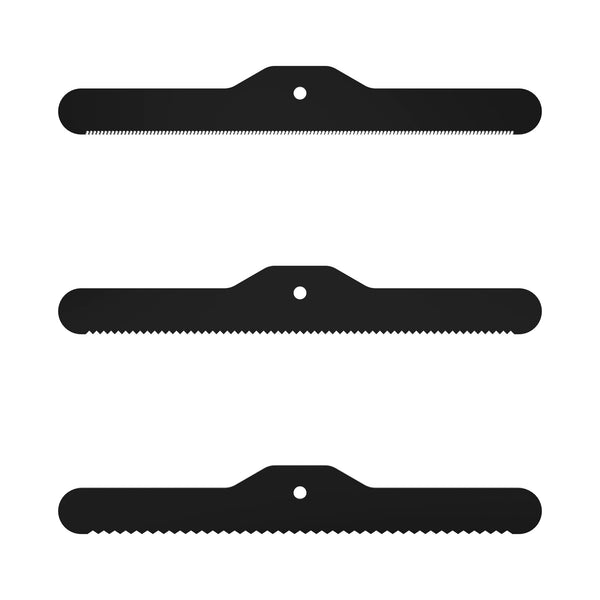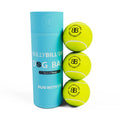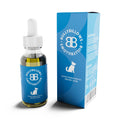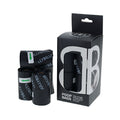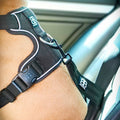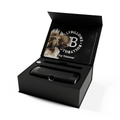Allergies are annoying. Whether it’s sneezing fits, itchy eyes, or scratchy throats, most of us know how frustrating they can be. But what about your dog?
At BullyBillows, we design all our collars, harnesses, and leads to be allergy-proof. That means no harsh materials, no irritating fabrics, just soft, skin-friendly gear made to keep your dog comfortable (and stylish) on every adventure. Because your dog’s gear shouldn’t be part of the problem.
Common Dog Allergies & What to Watch For
1. Food Allergies
One of the most common causes of allergies in dogs. Symptoms can show up as:
-
Vomiting or diarrhoea
-
Itchy, red skin or ears
-
Repeated paw licking
Tip: Keep an eye on ingredients. Sudden reactions to common proteins (like chicken or beef), grains, or preservatives could signal an allergy.
2. Itchy Skin (aka Allergic Dermatitis)
If your dog starts scratching excessively or develops skin flare-ups, it could be:
-
A reaction to grooming products or flea treatments
-
Sensitivity to other animals
-
Irritation from their collar or harness
Pro Tip: Many dogs react to cheap or chemically-treated materials. That’s why BullyBillows products are made with hypoallergenic materials, kind to even the most sensitive skin.
3. Sneezing Fits
Think it’s a doggy cold? It might actually be allergies. Frequent sneezing is often caused by:
-
Pollen, grass, and mould spores (especially in summer)
-
Dust mites or household cleaners
A vet-approved antihistamine may help, but it’s always best to consult your vet.
4. Hives
Raised red welts that suddenly appear can be caused by:
-
Grass, certain plants, or insect bites
-
Skin coming into contact with irritants during walks
Cold compresses can help, but prevention is better. Using soft, non-abrasive gear (like our allergy-proof collars and harnesses) can make a big difference.
5. Rashes & Bumps
Look out for small red bumps, especially on the face or belly. These can come from:
-
Contact with other pets
-
Environmental allergens like dust, dander, or pollen
-
Material irritation from gear
6. Bad Breath
Surprisingly, bad breath can also be allergy-related, especially if caused by:
-
Poor oral hygiene
-
Food sensitivities
-
Yeast or fungal infections
How to Manage Your Dog’s Allergies
-
Avoid dusty or mite-heavy environments
-
Use hypoallergenic shampoos and grooming products
-
Stick to a clean, allergy-friendly diet
-
Choose allergy-proof gear for daily wear, like BullyBillows collars, leads, and harnesses
Not only do our products reduce irritation, but they’re also built to last and designed with both dogs and humans in mind. Win win!
Bonus: Up to 40% Off During Our Summer Sale ☀️
Yep, your dog can feel great and look good doing it. Right now, some of our allergy-proof gear is up to 40% off, but not for long. The BullyBillows Summer Sale is ending in just a few days, so don’t miss out on the chance to give your dog the comfort they deserve.
Because allergies are annoying, but your dog’s gear doesn’t have to be.

